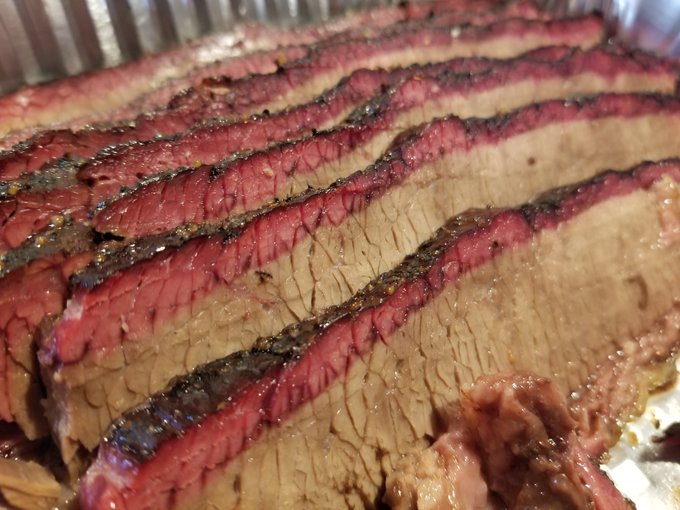I have a simple question about the best way to cook a brisket:
Salt and pepper or rub; highly trimmed or not; cook whole or flat and point separated; hot and fast or low and slow; fat cap up or down; spritz or not; water pan or no water pan; rotate or leave in place; wrapped or naked; if wrapped, foil or butcher paper; if foil add liquid or not, if liquid what kind; cook to target temp or probe tender; if target temp what is the target; if probe tender where; vent and serve or vent and hold; if hold, cooler cambro or oven; burnt ends or no burnt ends; thin, medium or thicked sliced; pour any juices over meat or serve on the side; sauce or no sauce; best left over ideas; is it ok to freeze remaining brisket; if ok to freeze for how long?
Thanks for any feedback you are willing to share. Just try to keep it to the point as I don't want to introduce too many variables to my cook.
Salt and pepper or rub; highly trimmed or not; cook whole or flat and point separated; hot and fast or low and slow; fat cap up or down; spritz or not; water pan or no water pan; rotate or leave in place; wrapped or naked; if wrapped, foil or butcher paper; if foil add liquid or not, if liquid what kind; cook to target temp or probe tender; if target temp what is the target; if probe tender where; vent and serve or vent and hold; if hold, cooler cambro or oven; burnt ends or no burnt ends; thin, medium or thicked sliced; pour any juices over meat or serve on the side; sauce or no sauce; best left over ideas; is it ok to freeze remaining brisket; if ok to freeze for how long?
Thanks for any feedback you are willing to share. Just try to keep it to the point as I don't want to introduce too many variables to my cook.
Last edited:





